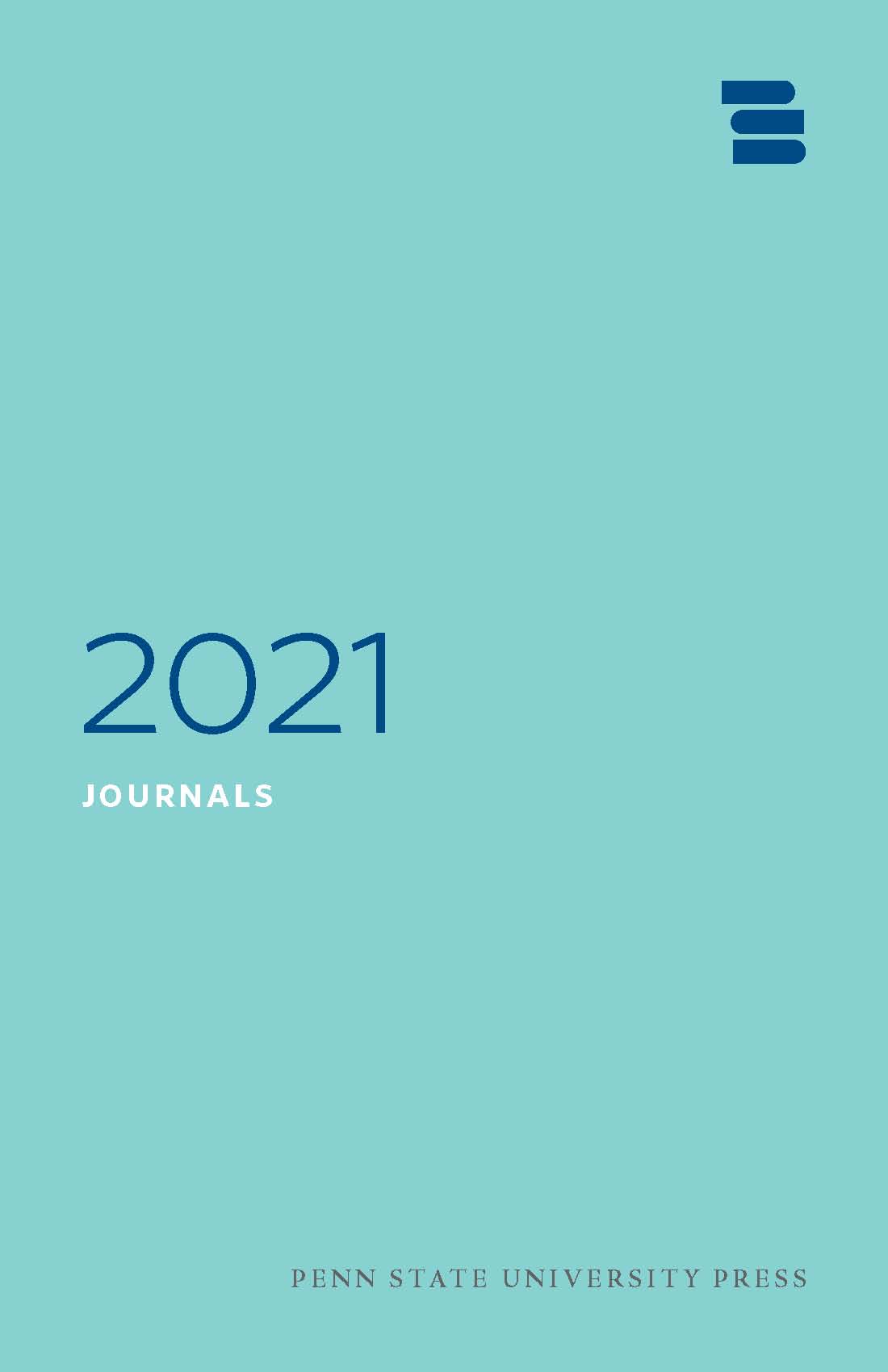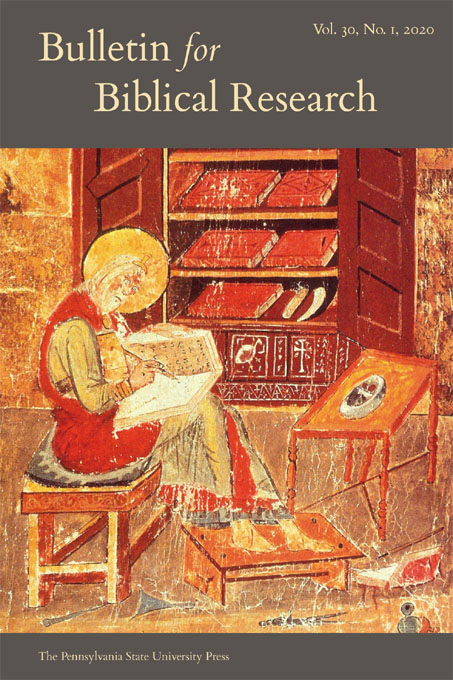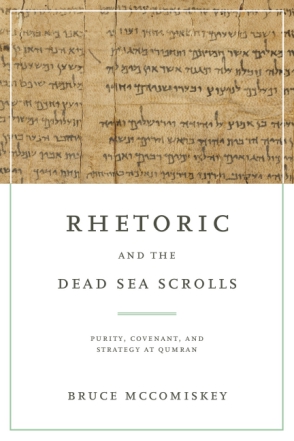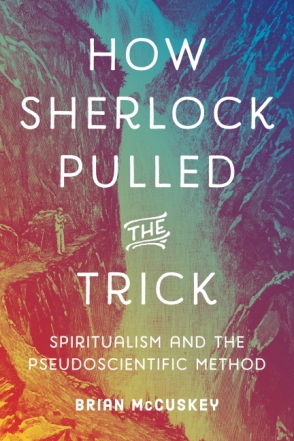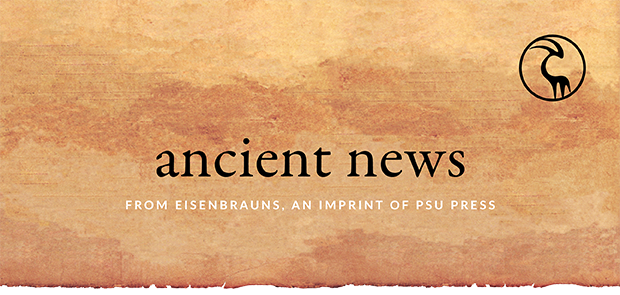
in this issue
general news
Welcome to the August issue of Ancient News!
We’re finishing off the summer with a two-week Sumer sale! Take 40% off select books using code 2021EO at checkout through 8/15. Stay up to date on all our special offers on our Sales & Specials page or by subscribing to BookNews.
We have exciting new and forthcoming books this month! Age of Empires just published a few days ago; get your copy now! You can read an excerpt from Sy Gitin’s memoir below, and sign up via the links to be notified when The Road Taken and As Above, So Below are published in the coming weeks.
If you have an idea for a project, send an email to Jen Singletary, our acquisitions editor. She’d love to hear from you.
Enjoy!
two-week sale
Save 40% on select titles through 8/15.
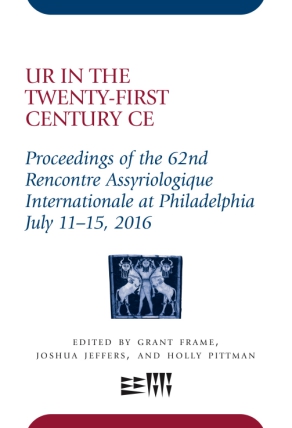
Ur in the Twenty-First Century CE
Proceedings of the 62nd Rencontre Assyriologique Internationale at Philadelphia, July 11–15, 2016
$129.95 $77.97
With contributions from both established and rising Assyriologists from ten countries and edited by three leading scholars of Assyriology, this volume presents thirty-two essays based on papers delivered at the 62nd Rencontre Assyriologique Internationale held in Philadelphia in 2016. Reflecting on the theme “Ur in the Twenty-First Century CE,” the chapters deal with archaeological, artistic, cultural, economic, historical, and textual matters connected to the ancient city of Ur.
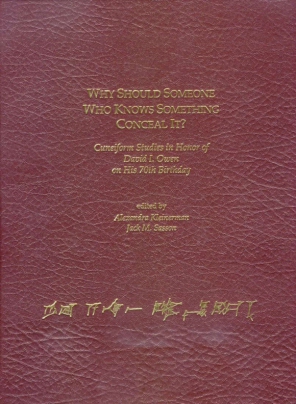
Why Should Someone Who Knows Something Conceal It?
Cuneiform Studies in Honor of David I. Owen on His 70th Birthday
$60.00 $36.00
Twenty essays on the history, culture, and literature of Ancient Mesopotamia, the land of the Sumerians, Babylonians, and Assyrians, from ca. 300–400 BC. Essays include analysis of previously unpublished legal and administrative documents, the waging of war, aromatic and date production, newly found royal inscriptions, the treatment of orphans, and more.
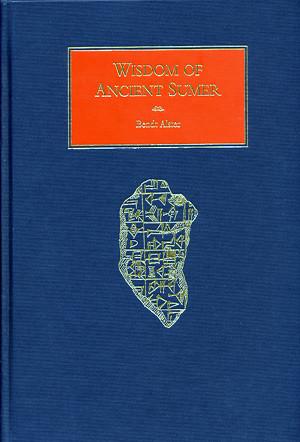
Wisdom of Ancient Sumer
$70.00 $42.00
Discussion of the nature of Sumerian wisdom literature and complete editions of many Sumerian wisdom texts, including the Instructions of Shuruppak, Instructions of Ur-Ninurta, Counsels of Wisdom, Sumerian fables, Nothing Is of Value, Ballade of Early Rulers, and more. This unusual book describes the Sumerian literature and many of their proverbs featured in speeches of wise men of that time.
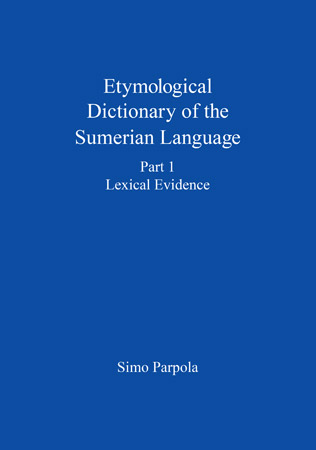
Etymological Dictionary of the Sumerian Language
$149.95 $89.97
After many unsuccessful attempts to establish its linguistic affinity, Sumerian is widely considered a language isolate without any known relatives. However, a systematic comparison of its vocabulary and morphology with all the major Eurasiatic language families establishes beyond doubt that Sumerian belongs to the Uralic language family and is distantly related also to many other languages currently spoken in Europe, Western Asia and North Africa.
new eisenbrauns books
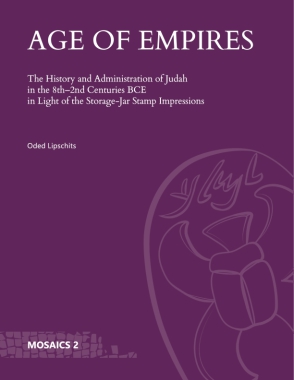
Age of Empires
The History and Administration of Judah in the 8th–2nd Centuries BCE in Light of the Storage-Jar Stamp Impressions
Oded Lipschits
This is the first attempt to consider the phenomenon stamped storage jars a whole and to develop a unified theory that would explain the function of these stamp impressions and shed new light on the history of Judah during six centuries of subjugation to the empires that ruled the region—as a vassal kingdom in the age of the Assyrian, Egyptian, and Babylonian empires and as a province under successive Babylonian, Persian, Ptolemaic, and Seleucid rule.
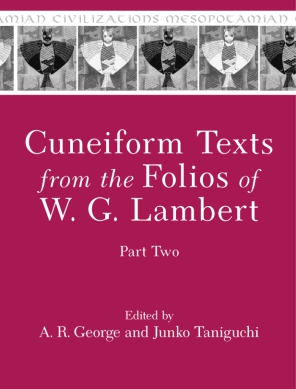
Cuneiform Texts from the Folios of W. G. Lambert, Part Two
Prepared for publication and edited by A. R. George and Junko Taniguchi
This book publishes 323 handcopies of cuneiform tablets found in the academic papers of W. G. Lambert (1926–2011), one of the foremost Assyriologists of the twentieth century. Prepared by A. R. George and Junko Taniguchi, it completes a two-part edition of Lambert’s previously unpublished handcopies.
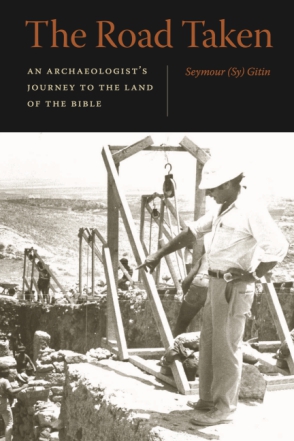
The Road Taken
An Archaeologist’s Journey to the Land of the Bible
Seymour (Sy) Gitin
In press!
“Sy Gitin reinvented American archaeology in the Middle East. A uniquely talented raconteur, scholar, and Mensch, he transformed the sleepy American archaeological school in Jerusalem into an engine propelling meaningful collaboration across daunting divides. Here’s the account—filled with remarkable scientific, political, diplomatic, and above all human surprises, and not a few great stories—of a pioneer in scholarship without borders. The result is a manual for thinking about any historical field from the actual ground up.”—Baruch Halpern, author of The First Historians: The Hebrew Bible and History
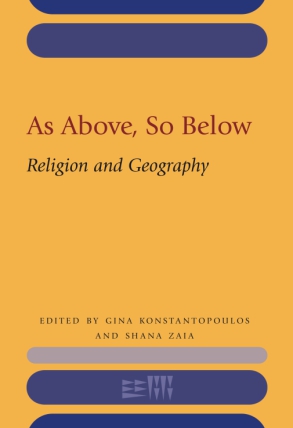
As Above, So Below
Religion and Geography
Edited by Gina Konstantopoulos and Shana Zaia
In press!
This volume addresses the nexus of religion and geography in the ancient Near East through case studies of various time periods and regions. Using Sumerian, Akkadian, and Aramaic text corpora, iconography, and archaeological evidence, the contributors illuminate the diverse phenomena that occur when religion is viewed through the lenses of space and place.
subject/series highlight
A Sense of Humor Goes a Long Way
To survive the extremely cold climate of Alaska and the dark days of winter, when there was light for only two hours a day, you had to have a good sense of humor. I made some very good friends when I was at Elmendorf, among them Naomi Rosenberg, the wife of Lt. Col. Leslie Rosenberg, who oversaw the base electronic communications. Both husband and wife had a very peculiar sense of humor, which I was to experience in various ways throughout my stay in Alaska. The first time was when one of the Protestant chaplains invited me to have dinner with his family. When we sat down to the meal, his wife expressed great satisfaction that she had consulted Naomi Rosenberg about what food could be served to the Jewish chaplain, and Naomi had told her that I loved crab meat and shrimp and that a good main course would be pork chops—all of which the Protestant chaplain’s wife cheerfully served. I was terribly embarrassed to have to explain that this was one of Naomi’s jokes and that I hoped my host wouldn’t be insulted if I only ate the salad and the dessert.
new from psu press
VIEW Bluelines, the PSU Press newsletter| Control your subscription options |
